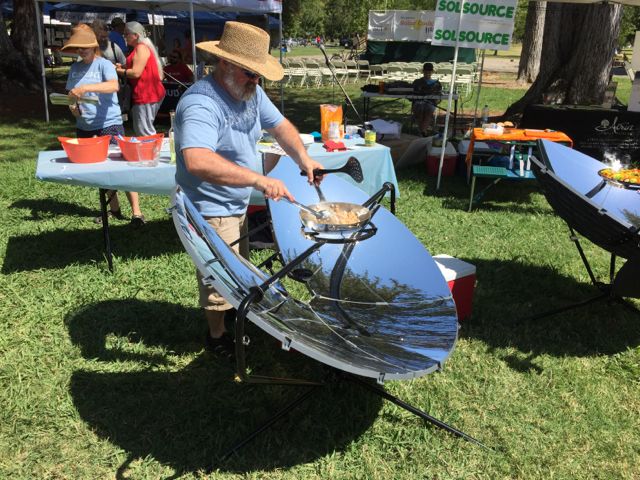
Image Credit: Energy Vanguard
Image Credit: Energy Vanguard The Sun Oven is a commercially made solar box cooker that's been around since 1986.
Image Credit: Energy Vanguard This large solar box cooker can bake bread and other food in the same amount of time as a regular oven.
Image Credit: Energy Vanguard Solar-cooked food and cooking times: 1 hour and 50 minutes to cook the ribs, 25 minutes to bake the bread, and 20 minutes to bake a pan of muffins.
Image Credit: Energy Vanguard This homemade solar box cooker is made of cardboard, glass, aluminum foil, and duct tape.
Image Credit: Energy Vanguard A simple 2-panel solar cooker.
Image Credit: Energy Vanguard The solar cookoff was emceed by a real chef.
Image Credit: Energy Vanguard No solar event should go without a solar-powered band, and the 2015 Solar Cooking Festival had Solar Punch.
Image Credit: Energy Vanguard My 1995 solar cooker, guarded by Calli, the best dog ever.
Image Credit: Energy Vanguard Women spend a lot of time and can put themselves in danger when gathering firewood or other fuels for cooking. Solar Cookers International is helping to make their lives better.
Image Credit: Solar Cookers International
If you’ve ever wanted to learn how to cook with the sun, the 2015 Solar Cooking Festival in Sacramento was the place to be.
This is the second year of the event, which is hosted by Solar Cookers International. They had quite a variety of solar cookers on display, from simple, two-panel low-temperature solar cookers to large, high-temperature cookers with concrete bases. There was also a cook-off and lots of advice for those who want to learn more.
A plethora of solar cookers
I took a lot of photos and talked to a lot of people at the Solar Cooking Festival. At the festival, I saw three basic kinds of solar cookers:
- Parabolic cookers,
- Box cookers, and
- Panel cookers.
Parabolic cookers. These were the reflective dishes like you see in the photo above. A reflective dish, parabolic in shape, will concentrate the sunlight in a small area. That’s where you see the pan above. It can make very high temperatures because of the intense concentration of solar radiation in small place. The reflectors on these cookers were also highly polished, resulting in even better performance. Don’t make the mistake of putting your hand in the place where all that sunlight is concentrated, though, or you’ll get a very nasty burn.
Box cookers. These cookers are generally simpler and less expensive to make. The basic idea is to put the food you’re cooking inside some sort of enclosure to help keep the heat in.
One example of the middle range of solar box cookers is the Sun Oven (see Image #2, below). They’ve been around since 1986, and you can buy one for $349. My PhD thesis adviser, Liz Seiberling, had one and used it in her off-grid solar home in Florida.
Another mid-range box cooker is the Solavore Sport, which sells for about $270. They just started up this year but look to have a really nice solar cooker at a good price.
Although box cookers can be less expensive than parabolic cookers, they also can be more expensive, as demonstrated by the box cooker in Image #3, below. This one is called the Quantum Solar Oven.†, and it’s huge. It uses real glass mirrors for a higher reflectivity and thus higher temperatures. Although you can’t see it, the thermometer inside this solar cooker was reading about 350°F when I took the photo. This one costs $1,500, but they’re working on bringing that price down.
You can see two loaves of bread baking in it. They had two of these cookers at the festival and the other one had a pan of ribs going when I spoke with them. In the next photo you can see that it took them 1 hour and 50 minutes to cook the ribs, 25 minutes to bake the bread, and 20 minutes to bake a pan of muffins — about the same as a regular oven.
At the low end of solar box cookers are the homemade jobs. The can be made with simple, readily available materials like cardboard, aluminum foil, black paint, and duct tape (see Image #5, below).
Panel cookers. I don’t recall if this is the actual name used for this type of cooker, but it seems to be a good one. The organization that puts on the festival makes these to distribute overseas, and some Americans use them, too.
This is about the simplest type of solar cooker. It’s just two pieces of reflective material held together at an angle with the food being cooked in the space between (see Image #6). There’s no glass cover over the space so it’s not going to get as hot as a box cooker. And that’s OK because one of the benefits of solar cooking is the enhanced taste of slow cooking.
In case you’re wondering, that is indeed a mason jar painted black. They make good containers to use in a solar cooker.
Fun in the sun
There was a lot going on at the 2015 Solar Cooking Festival. A lot of folks had set up their own solar cookers to demonstrate how they worked and what they could do with them. Some were companies selling their solar cookers. Others were individuals who love solar cooking. I also met a woman named Ilsa who makes a dairy-free nacho sauce called Nacheez and a man from Nevada City wearing an aluminum hardhat who told me how you can turn your car into a solar cooker if you have a deep enough dashboard.
I was mostly interested in walking and talking, but for those who were so inclined, the solar cookoff seemed to be a big draw. Three teams competed to see who could make the best solar-cooked dishes. It was emceed by a real chef, and a panel of judges decided whose food tasted best (see Image #7). I suppose if I were a foodie I could tell you more about it, but I’m not. Guess you’ll just have to go there yourself next year if you want to know more.
Naturally, you can’t have a solar event in California without having a solar-powered band, so Alan and James of Solar Punch provided the solar-cooked music (see Image #8).
My solar cooking past
My interest in solar cookers began in the mid-1990s. I bought a book called Heaven’s Flame by Joseph Radabaugh and then built the solar box cooker you see in Image #9 from the design he included. Since I didn’t have a molded plastic base for the cooker, I used my recycling bin to adjust the tilt for different sun angles. It worked well, and I made a few tasty meals in it. Then I moved to a shady yard and rarely used it again.
And that’s Calli, the best dog ever, in the photo, too. She was a purebred American Short Shepherd. Heard of it? Part shepherd, part short legs, her breed is better known as Heinz 57.
An organization worth supporting
I found out about Solar Cookers International a few years ago when Marc Rosenbaum mentioned them in an article on Green Building Advisor. I’ve been donating to them ever since. Here’s why:
- SCI helps women in poorer countries. Sometimes women spend many hours a day gathering fuel for fires just to cook meals for their families. Solar cookers eliminate that work, freeing up a lot of time.
- Solar cookers can improve the health of people by giving them an alternative to cooking over smoky, lung-damaging open fires. According to SCI, nearly 3 billion people use open fires to cook their food.
- By helping to reduce the number of cook fires, they also help reduce deforestation in what they describe as the “sun-rich, fuel-starved” parts of the world.
- Access to clean drinking water is also a problem for many in those areas, and SCI shows people how to use solar cookers to make their water safer.
SCI is a great organization doing lots of good work. The truth is that, because we have an abundance of energy sources here in the U.S. and Canada, solar cooking will never be a big thing here. But it can be an amazing tool for people in those “sun-rich, fuel-starved” places. As they say on their website, “SCI’s unique role is to spread solar thermal cooking technology to the people who need it most.”
Footnote
†The word “quantum” usually means something really small, yet so many people really, really want it to be the opposite. I think Planck, Einstein, and Bohr would get quite a chuckle over terms like “quantum leap.”
Allison Bailes of Decatur, Georgia, is a speaker, writer, energy consultant, RESNET-certified trainer, and the author of the Energy Vanguard Blog. Check out his in-depth course, Mastering Building Science at Heatspring Learning Institute, and follow him on Twitter at @EnergyVanguard.
Weekly Newsletter
Get building science and energy efficiency advice, plus special offers, in your inbox.





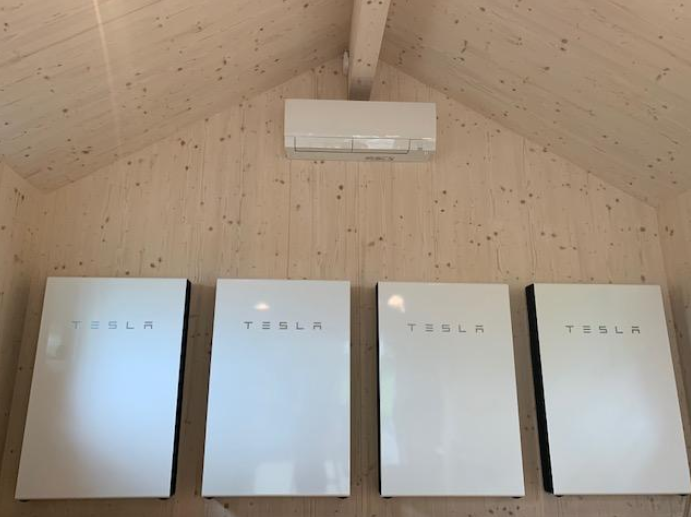
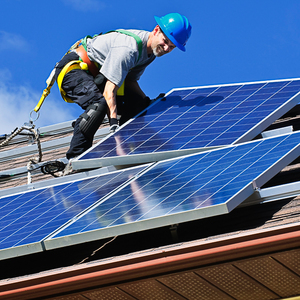
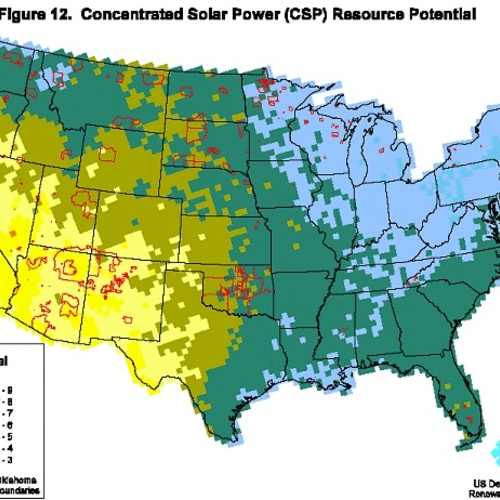
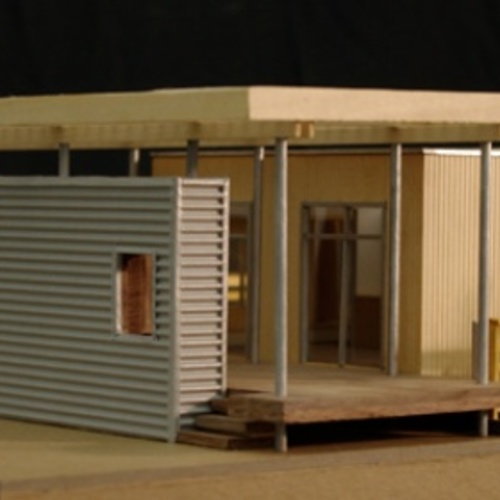






0 Comments
Log in or create an account to post a comment.
Sign up Log in